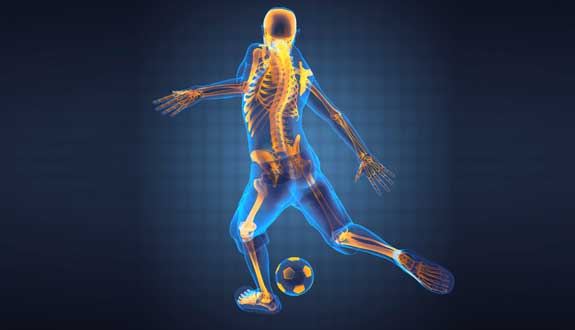Core 2: The Body in Motion is the second compulsory module for Preliminary PDHPE and helps set the foundation knowledge for Factors Affecting Performance and Improving Performance in HSC PDHPE. The Body in Motion “examines the scientific foundations of human movement.
Throughout The Body in Motion you will discover how and why the body moves in particular ways. It is important as you study this module for Preliminary PDHPE that you focus on “the relationships between anatomy, physiology, fitness, biomechanics and efficient human movement.”[1]
You will learn basic anatomy with particular focus on the skeleton, muscles, and cardiorespiratory (heart, blood vessels, and lungs) system. In particular, you should think about the relationship between these and movement. How do muscles produce movement, and what are these movements called? How does the cardiorespiratory system help your body to participate in prolonged exercise? and other such questions should be considered as you work through the content.
You will revise the health and skill related components of fitness, going into more depth and applying your knowledge to sports contexts. You will also learn the FITT principle and how the body responds to exercise.
Finally, in The Body in Motion you will encounter possibly the most challenging content in the Preliminary or HSC PDHPE courses – biomechanics. Here you will learn about the principles of force, balance and stability, fluid mechanics, and motion. These will all be applied to movement and relevant sporting contexts.
The Body in Motion has three (3) critical questions:
- How do the musculoskeletal and cardiorespiratory systems of the body influence and respond to movement?
- What is the relationship between physical fitness, training and movement efficiency?
- How do biomechanical principles influence movement?
Throughout this module you will gain a solid foundational understanding of physiology and improving performance that is then further developed and applied in the HSC PDHPE course.
Resources
[1] Stage 6 PDHPE Syllabus
